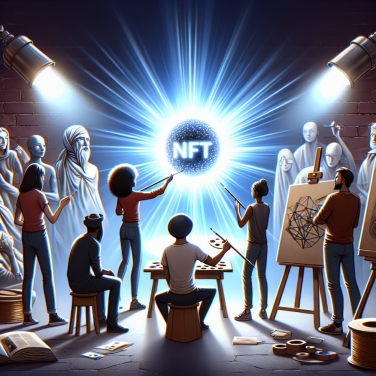Unfolding the Marathon on the Diamond: Inside the Longest Baseball Game in History
The longest baseball game in history wasn't just a test of athletic prowess, but an epic marathon that pushed the boundaries of endurance, patience, and mental fortitude. This legendary contest unfolded on April 18 and 19, 1981, between the Pawtucket Red Sox and the Rochester Red Wings, two teams in the Triple-A International League. What began as a typical evening matchup at McCoy Stadium in Pawtucket, Rhode Island, soon transcended into a historic 33-inning spectacle that would forever etch the players, coaches, and fans in the annals of baseball lore.
As the game progressed through the initial nine innings with the score tied, little did anyone anticipate the record-smashing journey they were about to embark on. Inning after inning, both teams' pitchers and defenses refused to yield, maintaining the deadlock. The game extended well beyond the point of a normal extra-inning affair, forcing players to push beyond their usual limits.
One of the most remarkable aspects of this game was the sheer willpower demonstrated by Pawtucket's and Rochester's pitchers. The physical toll of pitching so many innings would typically be avoided at all costs due to the risk of injury, yet, in this duel, the athletes showed commendable resilience. The pitching staffs displayed not only their skills but also an indomitable spirit that allowed them to labor deep into the cold night and the following morning.
Fielders, too, were not immune to the challenges. The cold New England air made every catch and every throw a test of concentration and determination. Fatigue was palpable as players had to contend with stiffness, cramps, and exhaustion, but they continued to field their positions without the luxury of the extensive rotations seen in modern-day baseball.
On the offensive side, the game saw hitters go to the plate time and again, trying to break the impasse. The mental challenge of focusing on each at-bat, after hours of play and countless previous attempts, was immense. For some batters, the prolonged game offered multiple chances of redemption after a series of outs, while for others it meant a continued struggle to make contact and get on base.
The fans who remained in the stands were few but dedicated, bearing witness to history, sustained by concession stand food that was never meant to last through such an ordeal.
Read also:
The Birthplace of Soccer: Unraveling the History
Endurance at the Plate and Beyond: How Players and Fans Witnessed a Baseball Epic
In the annals of baseball history, there are games that defy the normal expectations of time and physical capability. These extraordinary events stretch the limits of the players and offer a spectacle for fans that's talked about for generations. The epic clash that now holds the record for the longest baseball game ever played serves as a testament not only to the endurance of the athletes involved but also to the sheer passion and commitment of the fans who witnessed it.
This was more than just a game; it was a marathon that tested the resilience and stamina of everyone at the ballpark. The players on the field, faced with an unprecedented length of gameplay, had to dig deep to find the physical and mental toughness required to compete at a high level for hours on end. They became participants in a historical event, one that would see them play through the equivalent of more than two regular games back-to-back.
As inning after inning ticked by, the players found themselves contending with fatigue, muscle soreness, and the mental exhaustion that comes with such prolonged concentration. Position players who were used to the occasional rest day realized there would be no such luxury in this contest, while pitchers—who might typically only expect to throw for a few innings—were called upon to sustain their arms for much longer.
Amidst the physical duress, strategies had to adapt. Managers and coaches had to toss out the conventional playbook, focusing instead on conservation of energy and the careful management of their roster. Decisions that once seemed marginal now became pivotal as the game continued to drag on, and every move was scrutinized for its potential to either end the contest or to extend it further.
For the fans in the stands and those glued to the broadcast, the game took on a life of its own. It became a shared experience of endurance, a communal test of patience and loyalty. Some may have come to the ballpark expecting a typical three-hour affair, but as the sun set and the innings stretched on, these spectators became part of a living baseball legend. Die-hard fans watched with bated breath, their energy ebbing and flowing with each play, while more casual onlookers were drawn into the drama, perhaps compelled by the idea of witnessing a record-breaking performance.
Throughout the epic, the atmosphere in the ballpark oscillated between tense anticipation and the euphoric communal celebration of being part of something truly historic. Concession stands ran low, voices became hoarse, and the stadium seats bore the imprints of countless moments of nervous energy.




